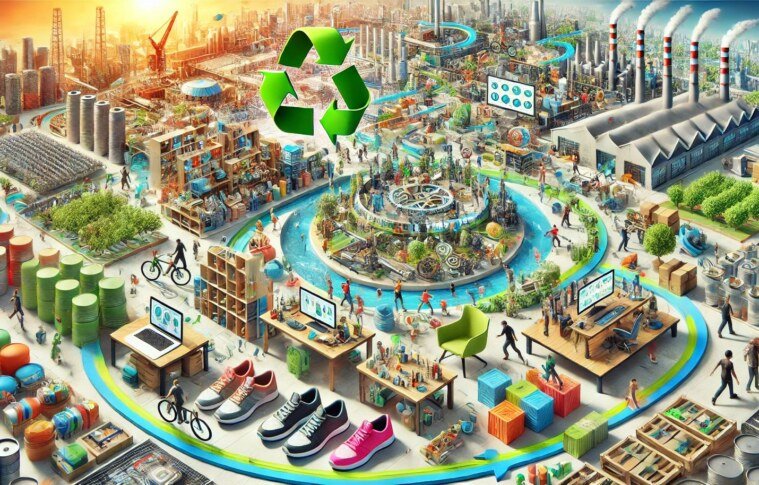In a world grappling with environmental challenges, the circular economy offers a compelling solution. By rethinking traditional linear models of “take, make, dispose,” companies are pioneering innovative ways to transform waste into valuable resources. Let’s explore how leading organizations are turning sustainability into a competitive edge through recycling, upcycling, and reimagined product lifecycles.
1. Patagonia: Extending Product Life
Patagonia, the outdoor clothing brand, leads by example with its Worn Wear program. Customers can trade in old gear for store credit, which is then repaired and resold. By extending the life of its products, Patagonia reduces waste and fosters customer loyalty.
2. IKEA: Recycling at Scale
IKEA’s Circular Hubs are transforming the furniture industry. Through buy-back initiatives, the company refurbishes used furniture and sells it at reduced prices, contributing to a closed-loop system. Their investment in recyclable materials further cements their commitment to sustainability.
3. TerraCycle: Upcycling Innovator
TerraCycle has revolutionized waste management by turning hard-to-recycle items into new products. From cigarette butts converted into industrial plastics to snack bags becoming tote bags, TerraCycle’s partnerships with major brands demonstrate how upcycling can be profitable.
4. Adidas: Sneakers From Ocean Plastic
Adidas, in collaboration with Parley for the Oceans, transforms marine plastic waste into high-performance sportswear. Their UltraBoost sneakers, made from recycled ocean plastics, have not only gained popularity but also highlighted the potential of turning pollution into profit.
5. Loop: Packaging Reinvented
Loop, a global reuse platform, partners with brands like Unilever and Nestlé to provide durable, reusable packaging for everyday products. By shifting from disposable to reusable designs, Loop redefines convenience with sustainability.
How to Embrace the Circular Economy in Your Business
- Audit Waste Streams: Identify materials that can be recycled, upcycled, or repurposed.
- Partner for Innovation: Collaborate with companies like TerraCycle or Loop to explore circular solutions.
- Educate Consumers: Communicate the environmental and cost benefits of participating in circular programs.
- Invest in Technology: Use AI to analyze lifecycle impacts and optimize product designs for recyclability.
The shift towards circularity is not just an environmental imperative but also a business opportunity. By integrating these principles, companies can reduce costs, build customer trust, and lead the charge in creating a sustainable future.



